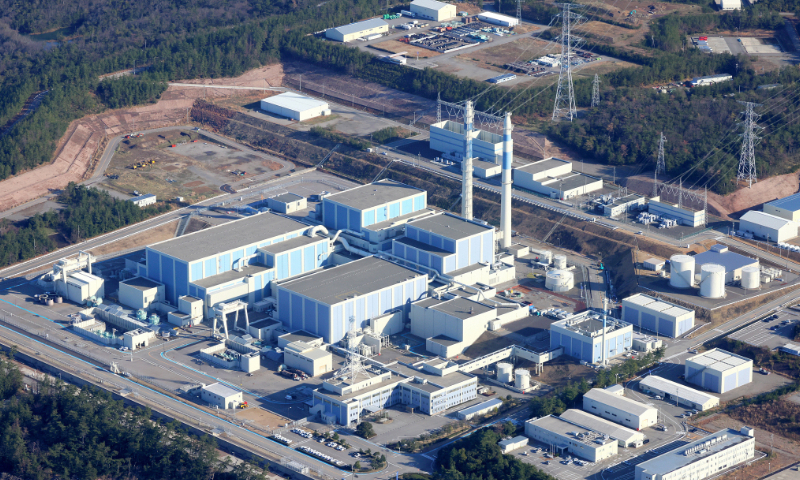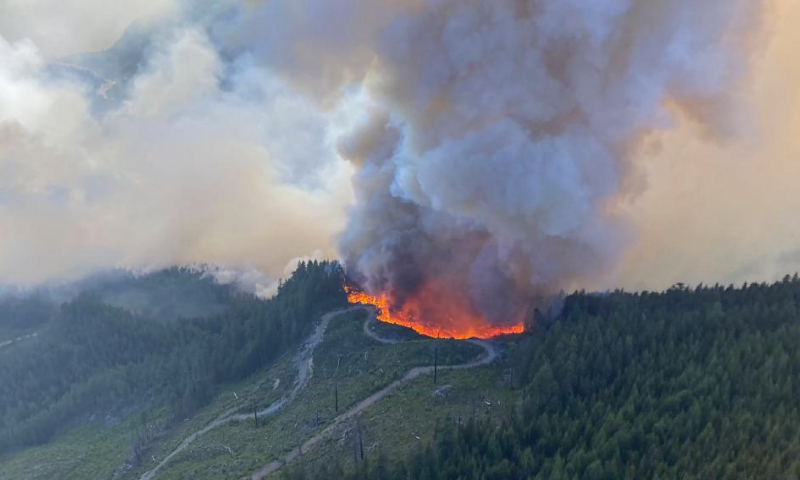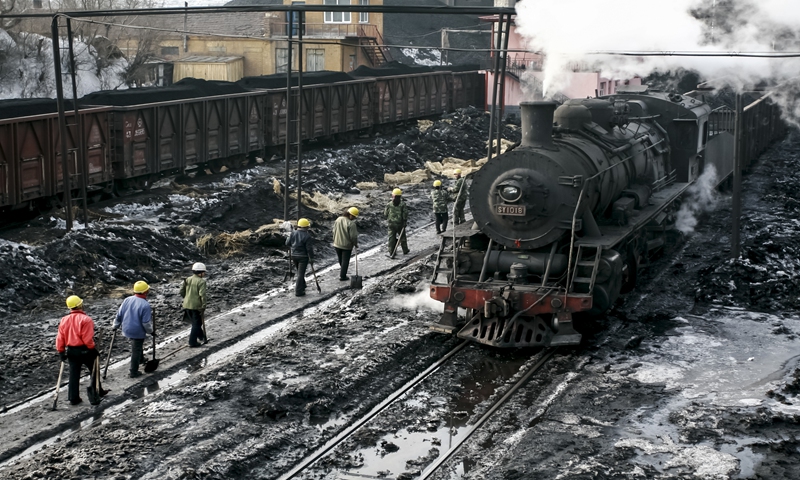Asian Winter Games in Harbin unveil slogan, emblem, mascots; snow culture boom to promote exchanges in Asia and worldwide

The tourism fever that started over the New Year holidays has not faded in Harbin. The "ice city" in Northeast China on Thursday unveiled the slogan, emblem and mascots for the 9th Asian Winter Games set to be held in the city, adding fuel to the snow sports boom there.
From the Beijing 2022 Winter Olympic Games to the upcoming 9th Asian Winter Games, scheduled for February and March 2025, ice and snow culture across China has gone viral. Enjoying this snow culture boom, Harbin, an old-school industrial city, has become the latest public sensation, attracting travelers from both home and abroad.
Sports insiders expressed their hope to take ice and snow sports as an opportunity to better communicate, cooperate and achieve common development with people in Asia and even around the world.
"Dream of Winter, Love among Asia," a short track speed skater, and two tigers - the slogan, emblem, and mascots for the 9th Asian Winter Games were officially unveiled on Thursday in Harbin.
The mascots are two adorable tigers called "Binbin" and "Nini," while the official emblem is a fusion of a short track speed skater figure, a lilac flower and dancing ribbons.
The emblem combines elements like a short track speed skater's sprinting posture, the official flower of Harbin, and the glowing red sun of the Olympic Council of Asia, skillfully blending Chinese culture with Olympic elements.
It conveys China's pursuit in the new era of accelerating the development sports in the nation and tireless efforts to reach higher, faster, stronger goals and contribute to the development of winter sports in Asia.
"The slogan entertains the hope that the games will be an opportunity to serve as a bond to promote exchanges, cooperation and joint development among Asian countries and even the entire world," Luo Le, a sports industry scholar at the Beijing University of Chemical Technology, told the Global Times.
The games will feature six sports that cover 11 disciplines and 64 events, the Olympic Council of Asia announced. Harbin once hosted the 1996 edition of the games, while the 2007 edition was hosted in Changchun, capital city of Northeast China's Jilin Province.
Sports insiders reached by the Global Times on Tuesday showed high expectations for a grand, smooth and excellent winter sports event in Harbin.
Wang Fuqiu, a national technical official of the Beijing Winter Olympics and also prestigious referee in freestyle skiing, has been to Harbin several times for various skiing events.
Wang told the Global Times that hosting such a major event is a complex task, but considering that Heilongjiang Province, rich in ice and snow resources, is experienced in hosting grand winter games, he is confident that Harbin will do a good job.
He noted that the successful hosting of the 2022 Beijing Winter Olympics provided much experience and has laid a solid foundation for organizing the 9th Asian Winter Games.
China's commitment to engaging 300 million people in winter sports has already become a reality after the successful bid for the 2022 Beijing Winter Olympics. All these efforts have led to a leap in China's winter sports industry, sparking nationwide enthusiasm, which, insiders say, will further facilitate the smooth holding of the games.
The scheduled winter sport event is catching a good wave as Harbin was recently turned into the top tourist hotspot in China, with its exquisite ice sculptures and fairy-tale-like ice-snow world attracting record numbers of tourists from home and abroad to the city and Northeast China.
The city has lured an overwhelming number of new fans, with many praising the city for being a "big brother" that has shown utmost hospitality, sincerity and creativity this winter.
Fu Xinlei, a sales representative at the Xiyo Ice Skating Rink in Harbin, told the Global Times on Wednesday that his rink often receives tourists from other places in China and even from abroad.
"Many Russian children who reside in Harbin come here for long-term learning, and some children from South Korea also come to practice here during their holiday visits," Fu said. "Today, we also had a US tourist come to skate, and many other tourists from all over the country come here to try ice skating while visiting Harbin."
Media reported that the head of South Korea's Hwacheon-gun - where the 2024 Hwacheon Sancheoneo Ice Festival, the country's flagship winter festival, opened last Saturday - said that he had visited the Harbin Ice Lantern Art Exhibition Center and asked artists to come to South Korea to make ice sculptures.
"Northeastern culture, as part of Chinese culture, is characterized by a unique charm. The people there are warm, hospitable, humorous, and their cuisine is distinctively characteristic.
Lately Northeast China has become a popular tourist destination and this is certainly an excellent opportunity to promote and transform Harbin into an international tourist destination that integrates sports and culture," Luo added.
Experts pointed out the snow culture boom in Harbin not only illustrates the vitality and potential of China's consumption market and paves the way for the overall economic recovery in 2024, but also will provide beneficial conditions for the successful hosting of a grand winter sports event.








